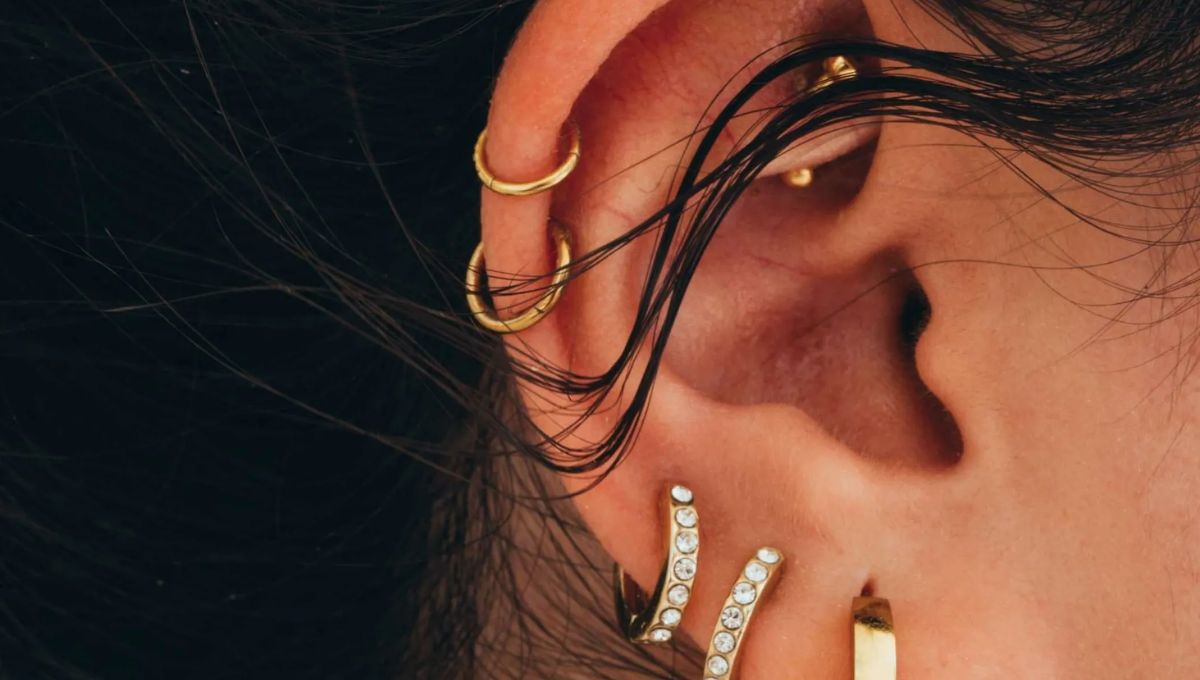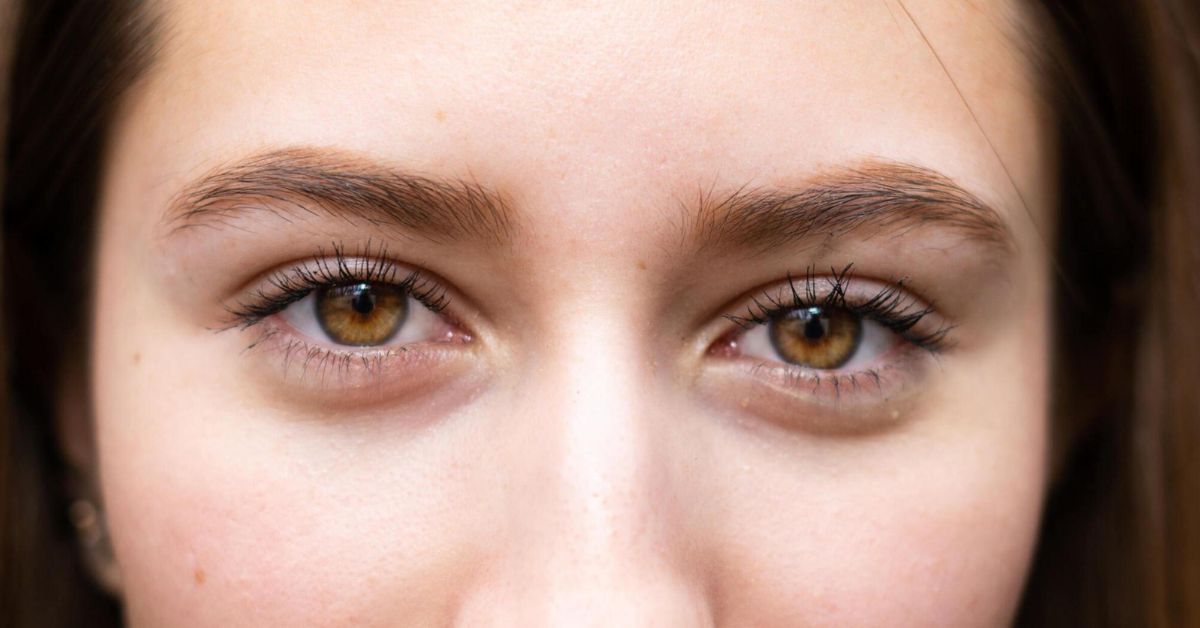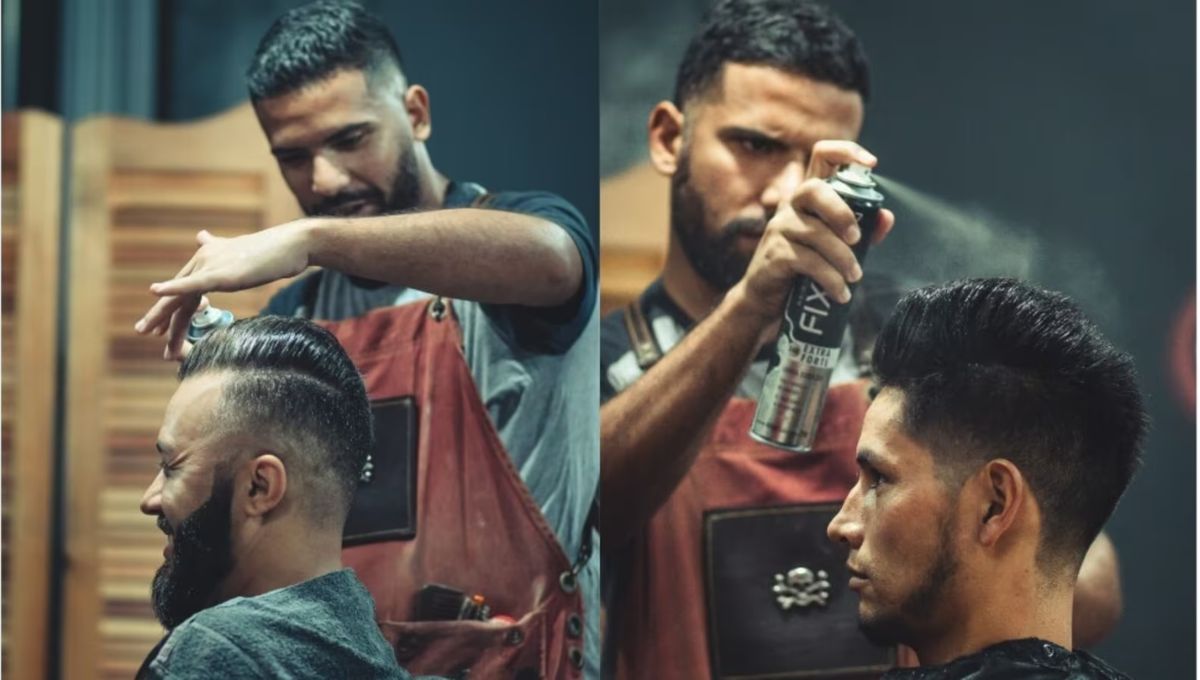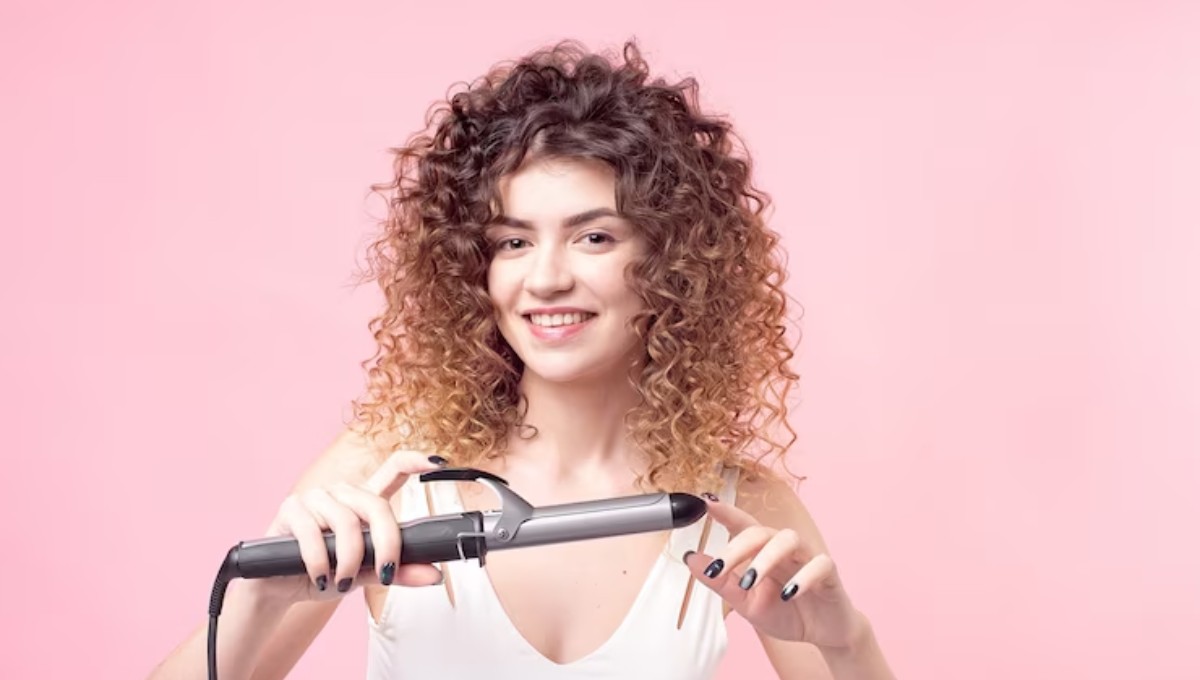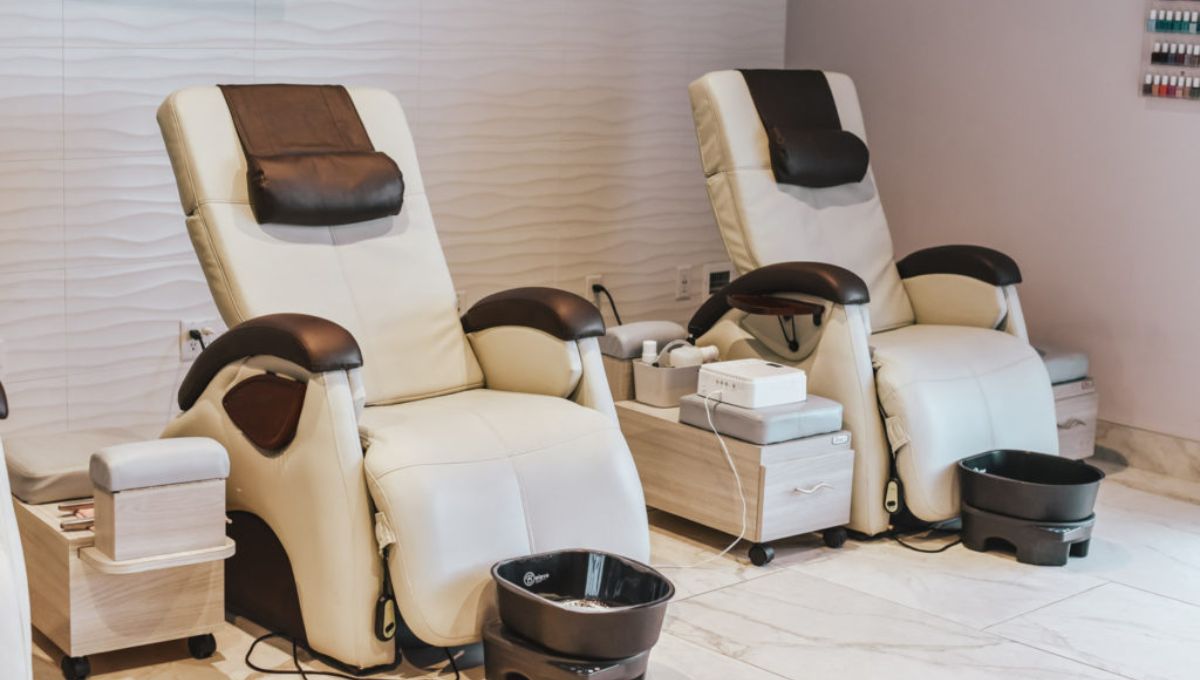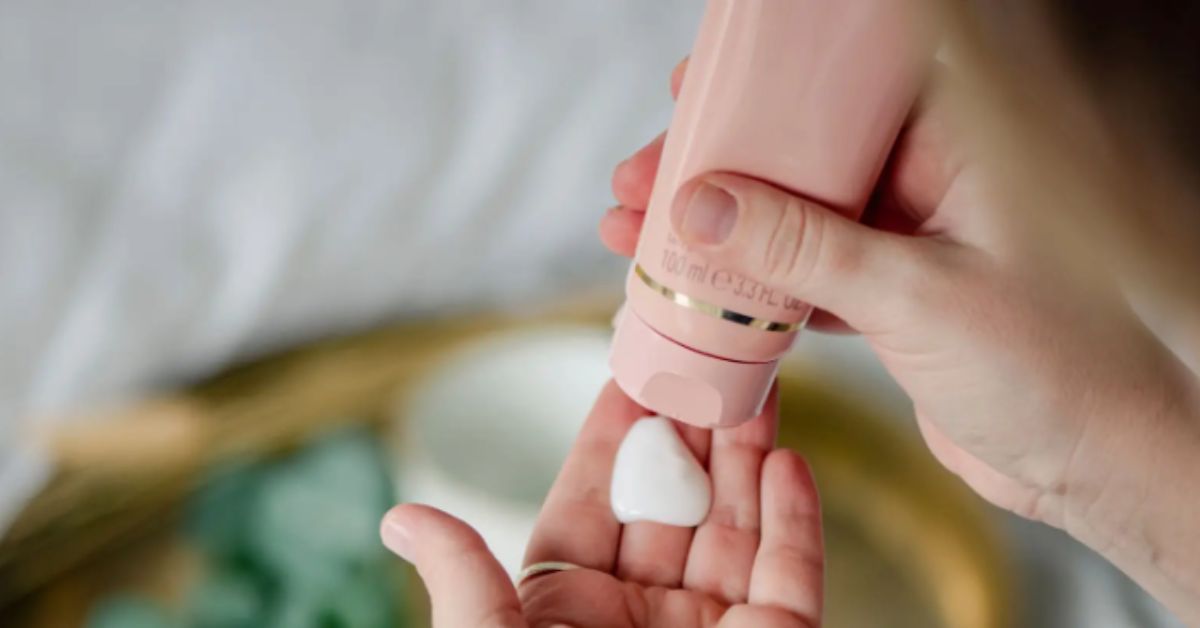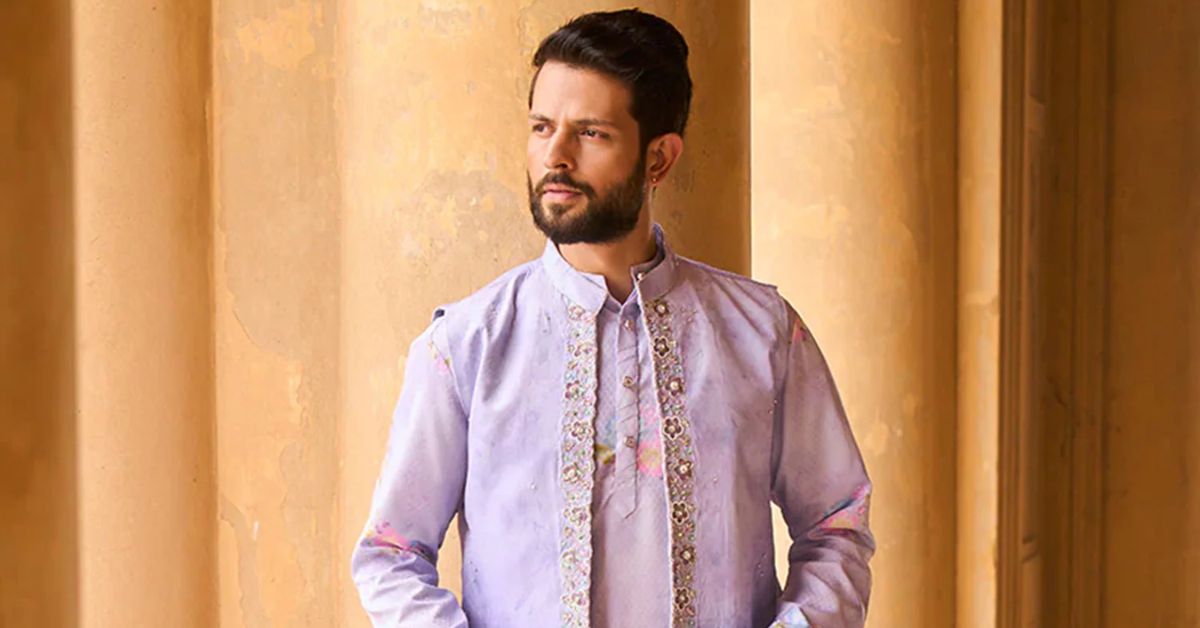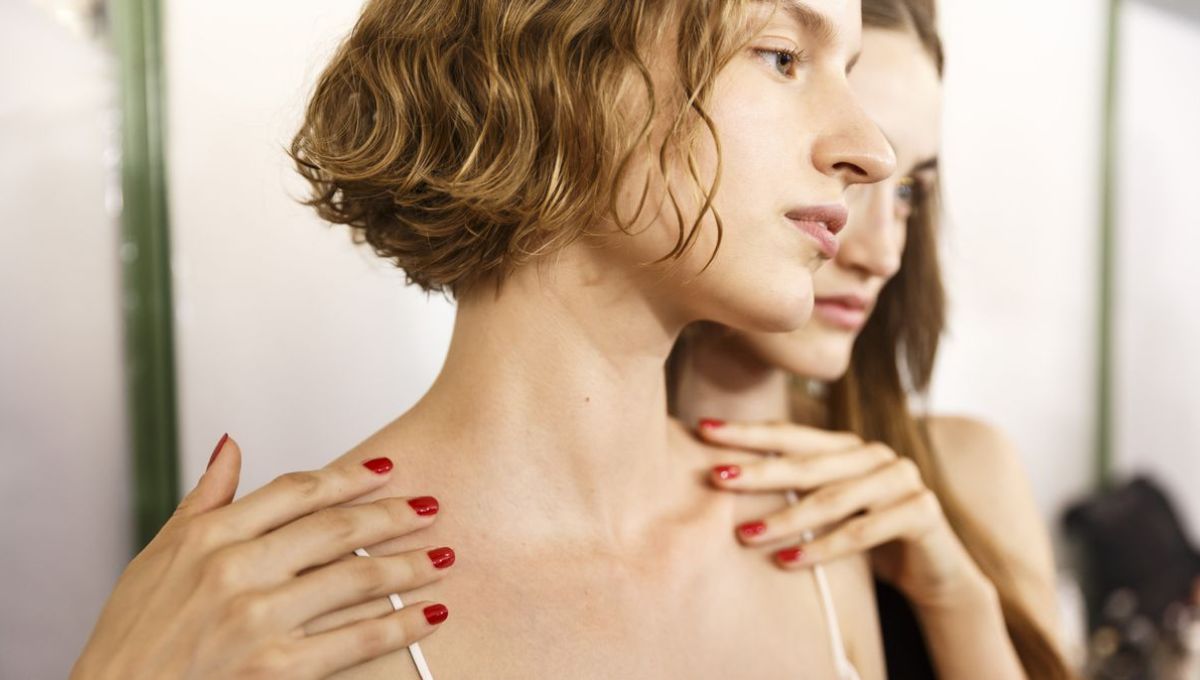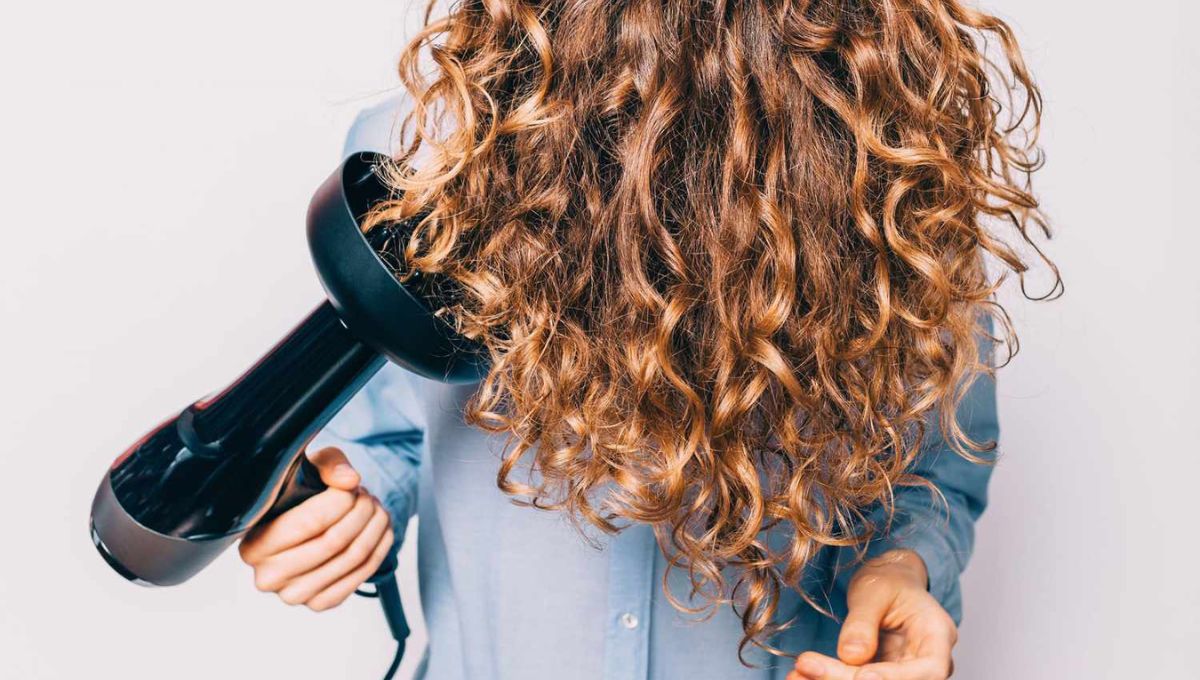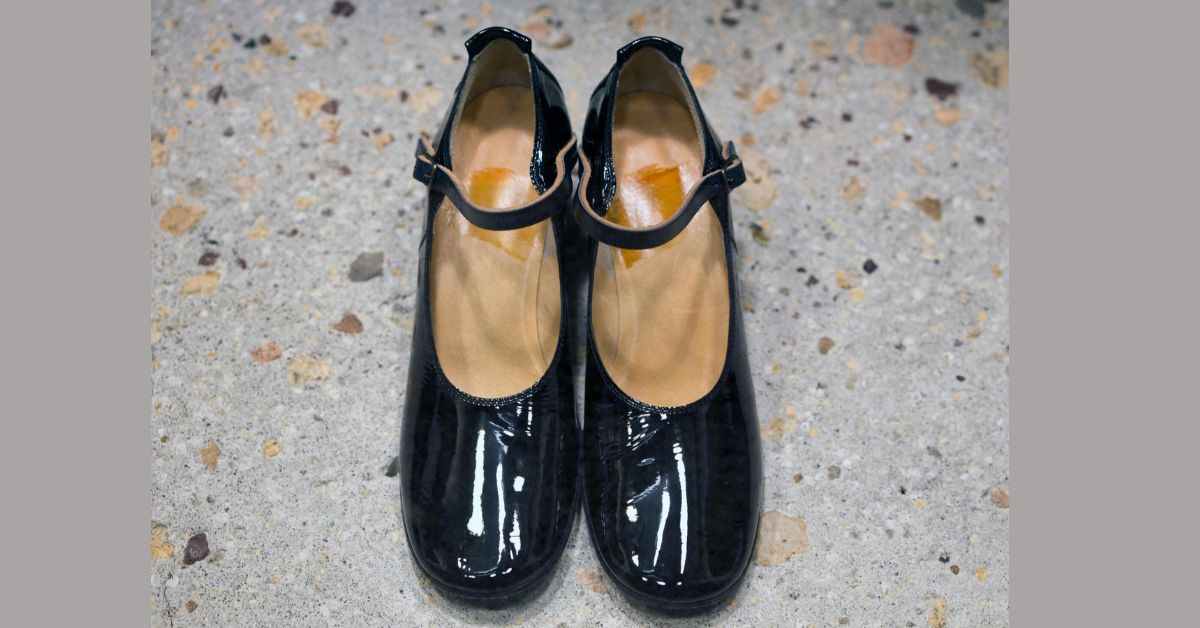Are you considering getting a new ear piercing, but not sure which type suits your style and personality?
Ear piercings allow infinite self-expression, from conventional lobe to elaborate cartilage patterns. In this post, I will discuss ear piercing varieties and provide aftercare suggestions to keep your piercing healthy and beautiful. Each piercing has its unique pain, healing, and aesthetics.
Aftercare is key to a successful piercing. Even the smallest piercing can cause infections, scars, or slow healing without proper care. Beyond cleaning the piercing, aftercare requires a schedule, the correct supplies, and awareness of potential irritants. Following a thorough aftercare routine can help your piercing heal properly, letting you enjoy your new look with confidence.
There are various types of ear piercings
Lobe Piercing
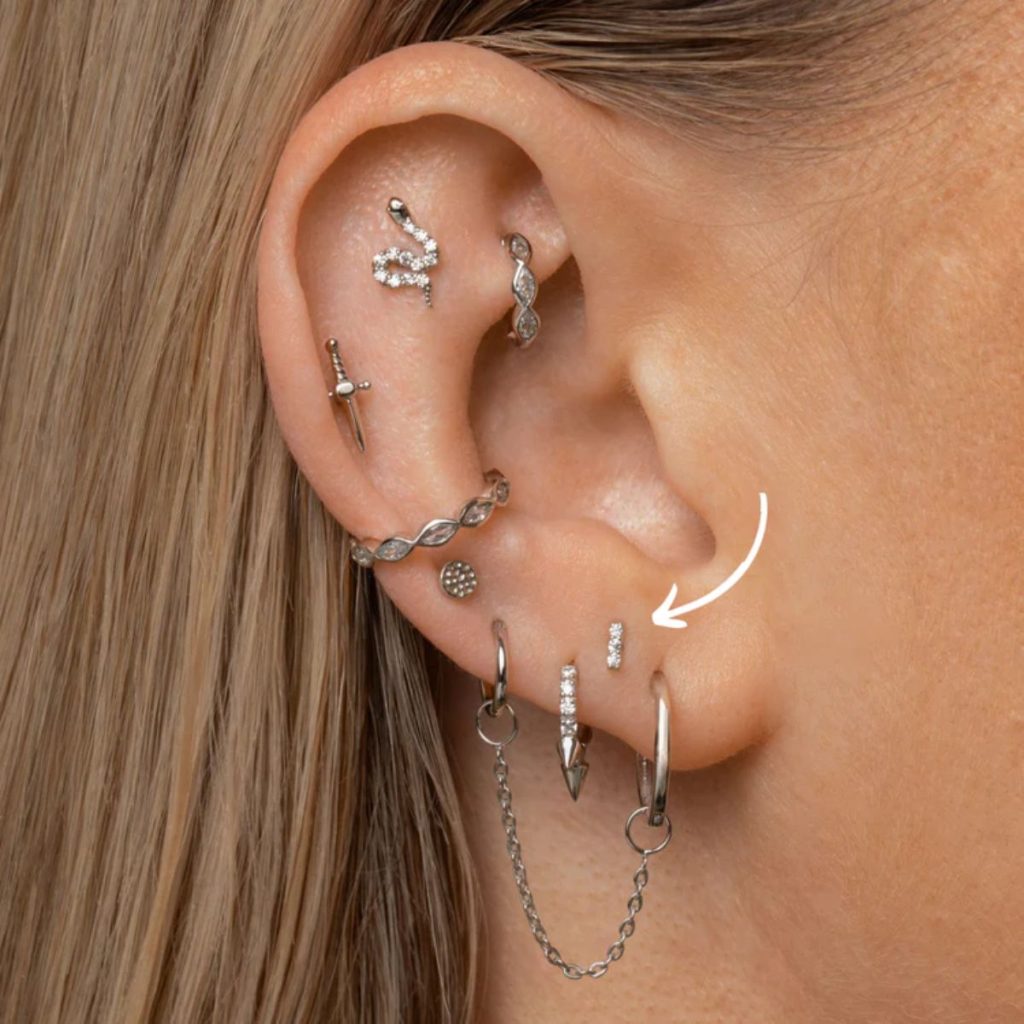
Lobe piercings are the most frequent and adaptable ear piercings. Many start with this piercing in the soft, fleshy earlobe, which prepares them for more daring ones. From simple studs to ornate hoops, the lobe piercing is versatile. Beginners and piercers love its ease of maintenance and speedy healing.
Upper lobe piercings offer elegance without deviating from tradition. It adds dimension to your ear without being overly strong, sitting slightly above the typical lobe piercing. The upper lobe piercing can be stacked with additional lobe or cartilage piercings for a fashionable effect. For those looking to add to their ear-piercing collection, it’s easy to care for and heals quickly like the conventional lobe.
Forward Helix Piercing
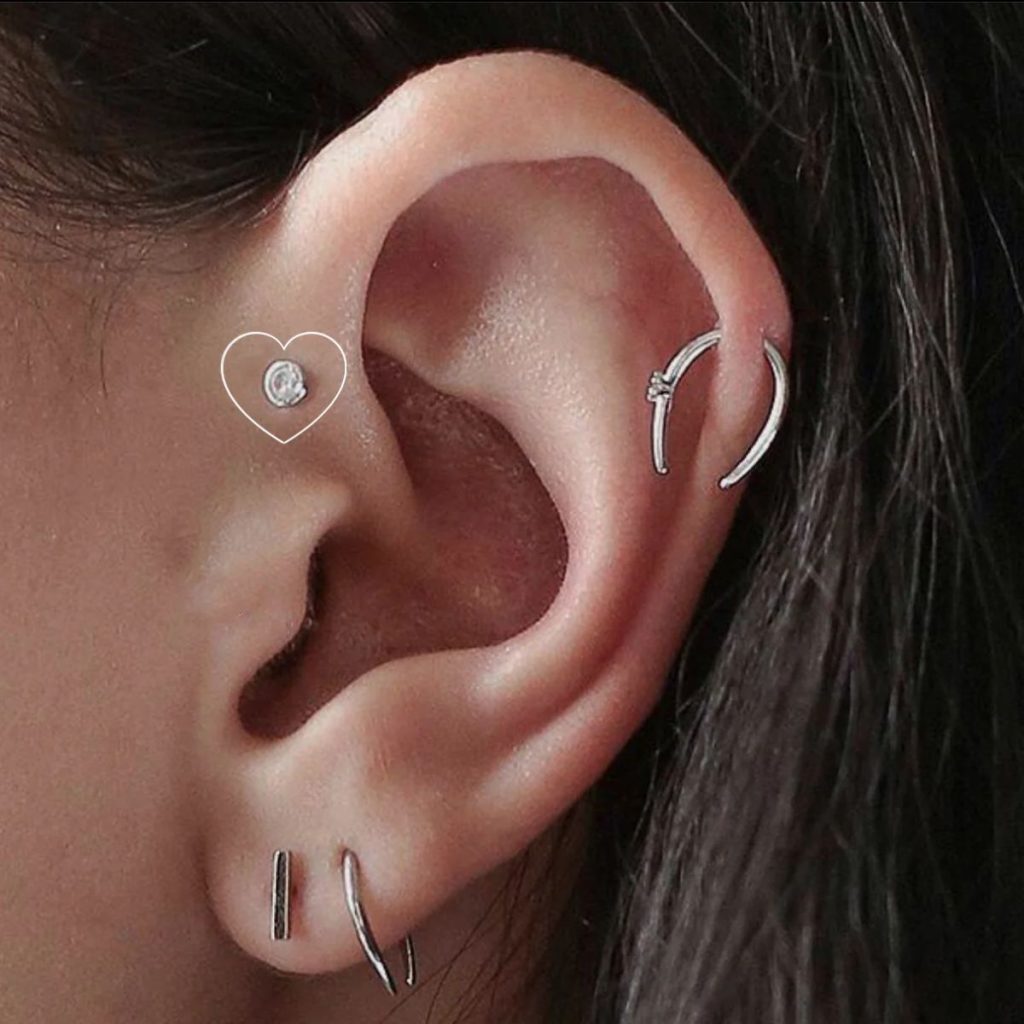
The forward helix piercing is a unique and attractive way to highlight your ear. The forward helix, on the outer ear rim but closer to the face, can be pierced many times to form a jewelry cascade. This piercing can be coupled with others to create a customized ear, making it ideal for experimenters. Due to cartilage location, the forward helix piercing requires careful upkeep, but the spectacular result is worth it.
Tragus Piercing
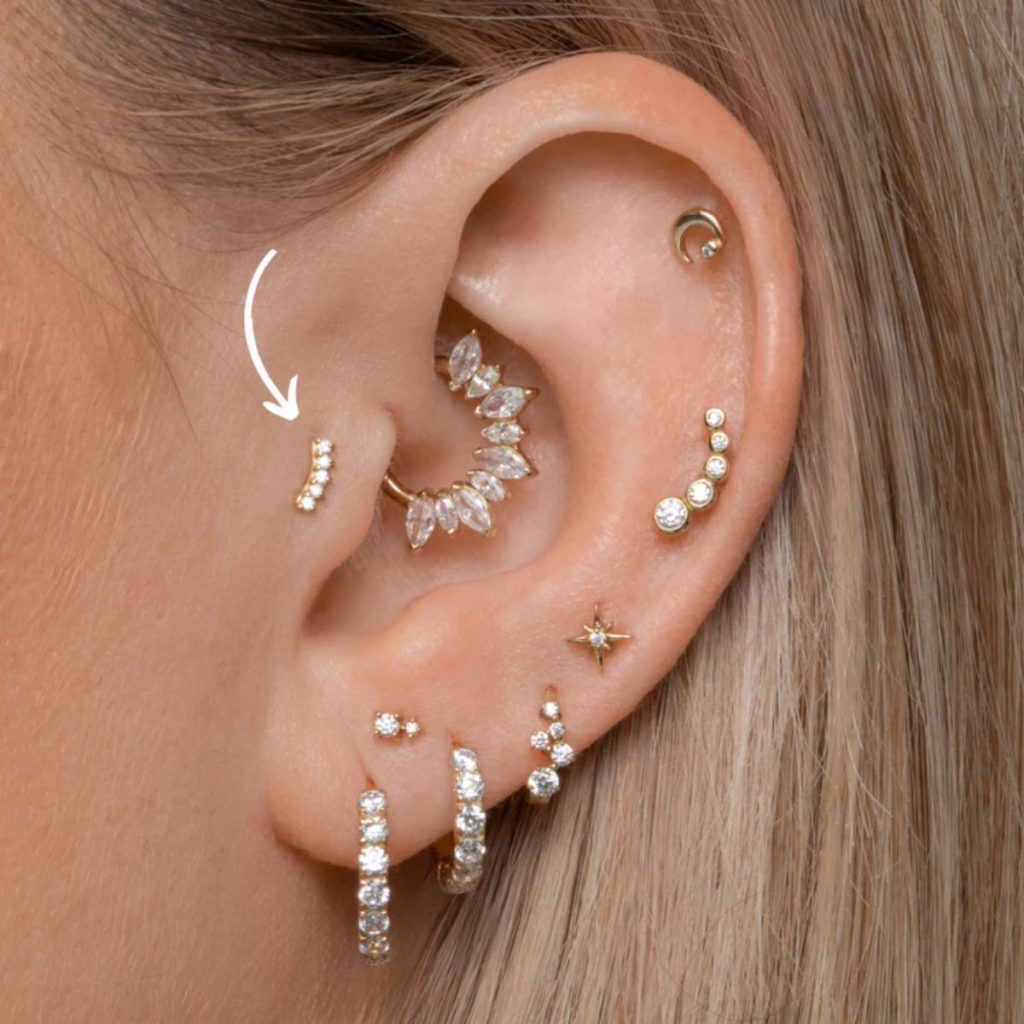
The tragus piercing on the small, thick cartilage in front of the ear canal is delicate but striking. Those who seek a unique piercing without overpowering their look love its unobtrusive location. To match your style, tragus piercings might be simple studs, hoops, or elaborate designs. Despite the tragus’s modest size, the cartilage’s thickness makes piercing unpleasant and requires careful treatment to avoid infections.
Rook Piercing
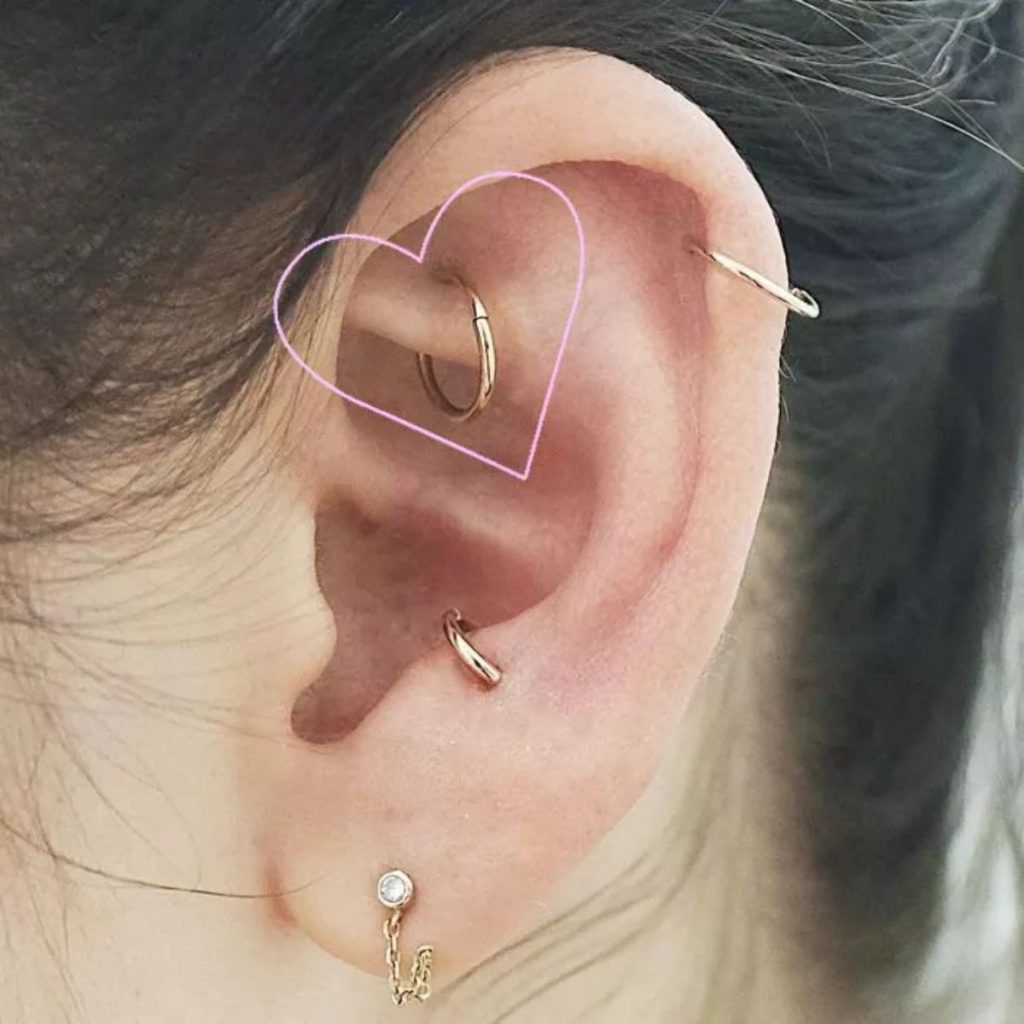
The complicated and adventurous rook piercing includes piercing the anti-helix cartilage fold above the tragus. As a rare cartilage piercing, this one is great for individuals who desire a unique and edgy style. Rook piercings can be styled with curved barbells or little hoops. Due to its placement in the ear’s strong cartilage, this piercing is more painful and takes longer to heal. Thus, adequate maintenance is crucial.
Daith Piercing
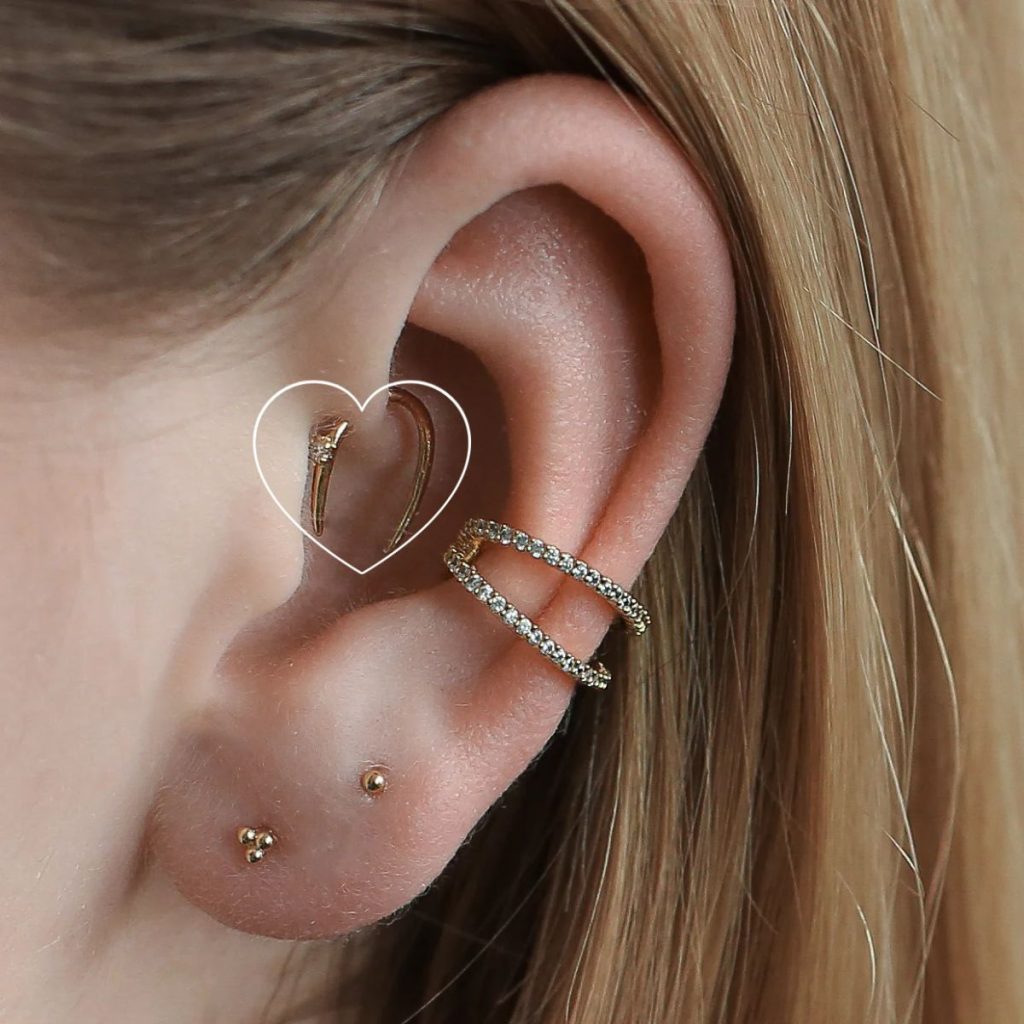
A daith piercing is one of the best types of ear piercings which positioned in the deepest fold of the ear, above the canal. Although scientific proof is scarce, its unusual appearance and capacity to relieve migraines have made it popular. Hoops or captive bead rings can dress up the daith piercing. Location makes the daith piercing harder to care for, needing careful attention to prevent infection and improve recovery.
Complete Aftercare Guide For Different Types of Ear Piercings
The first 24 hours after a piercing are critical for infection prevention and healing. During this time, clean your piercing with saline or an aftercare spray to remove bacteria and debris. Avoid rotating the jewelry or touching the piercing with unwashed hands to avoid bacteria and inflammation. Keeping the area clean and safe helps aid healing.
Redness, swelling, and soreness surrounding the piercing are usual in the first few days. The body’s natural healing process should reduce these symptoms. If the swelling is significant, or you observe pus or considerable pain, get medical attention. Lobes heal in 6–8 weeks, cartilage piercings in several months.
Cleaners and Irritants
Aftercare products are essential for reducing inflammation and facilitating healing. Cleaning the piercing with saline or sterile aftercare spray is advised. Alcohol, hydrogen peroxide, and powerful chemicals dry and impede skin healing. Hair, cosmetic, and skincare products can irritate and infect piercings.
Regular Care
A constant cleaning program aids recovery. Cleaning your piercing twice a day, morning and night—is suggested. Balance is key because over-cleaning might irritate the piercing. In each cleaning session, use saline or piercing aftercare spray and gently wipe with a clean cotton swab. Maintaining this regimen prevents infection and speeds healing.
Hygiene and Care Tips to Prevent Infection
Preventing infection while recovery requires proper cleanliness. Avoid swimming in bacteria-laden pools, hot tubs, or natural waters, and wash your hands. Avoid clothing and hairstyles that irritate the piercing. Follow these best practices to avoid problems and optimize healing.
Mistakes to Avoid During Healing
It’s crucial to avoid frequent blunders that slow healing. Avoid early jewelry changes, which can impair healing and introduce bacteria. Remember not to rotate or twist the jewelry, as this might cause irritation and postpone recovery. Finally, don’t touch or play with the piercing to avoid infection. Avoid these blunders to help your piercing heal. Avoid applying ice directly on the piercing to avoid frostbite and irritation.
When should you be worried?
Normal post-piercing oedema should fade within days. If swelling worsens, fever, pus, or severe pain occur, it may be an infection. These situations require medical attention to avoid future consequences. Monitoring swelling and keeping the region clean can help regulate this healing process.
Early Warning Signs and Treatments For different ear piercings
Recognizing early infection symptoms helps prevent issues from worsening. The piercing may be red, heated, discharge yellow or green, and painful or swollen. If you observe any of these indicators, clean more thoroughly and see a piercer or doctor. Early treatment can prevent significant issues and help your piercing recover.
Know when your piercing is healed before changing jewelry. A healed piercing has no redness, swelling, discharge, or pain. Even after cartilage piercings heal, the internal healing process may persist. Wait to change your piercing till it heals. After healing, care for your piercing to keep it healthy and beautiful. Clean often, especially after exercise, swimming, or dirt and sweat. Check jewelry tightness occasionally to avoid loosening. Maintaining your piercing prevents irritation, infection, and scarring, keeping it looking wonderful for years.
Fixing Common Problems In Different ear piercing types
Bumps or keloids—raised, thicker skin caused by inflammation or scar tissue—are a typical problem with piercings. Treat bumps immediately to avoid irreversible keloid formation. Treatments include saline soaks, tea tree oil, and piercer or dermatologist consultation. Addressing these issues early will prevent chronic scarring and preserve your piercing.
How to Treat an Infected Piercing?
Take urgent action if you feel your piercing is infected. Start by cleaning more regularly with saline and avoiding strong chemicals that can irritate the skin. A warm compress helps drain discharge and relieve pain.
Most minor piercing difficulties can be handled at home, but sometimes expert aid is needed. Contact a doctor immediately if you have extreme pain, oedema, fever, or discharge from the piercing. In addition, a professional piercer can advise you on the healing process or how to treat a specific ailment. Early treatment can avert significant issues and save your piercing.
Final Thoughts
Your piercing requires proper upkeep to recover and stay healthy. Prevention of infections, scarring, and inflammation in these types of ear piercings is vital from first cleaning to long-term maintenance. Following the aftercare instructions can help you heal quickly and avoid new piercing issues. Maintaining your piercing is an investment in your health and looks. Following the aftercare instructions can reduce issues and improve your piercing’s appearance. You can enjoy different styles of ear piercings for years with proper treatment, whether you’re new to them or a pro.
Piercings are a source of self-expression and style, and with proper care, they may enhance your image. Aftercare is crucial, so follow these tips to try different ear piercing options with confidence. Remember that patience and attention in aftercare allows you to enjoy your new piercing without stress.



